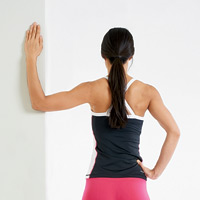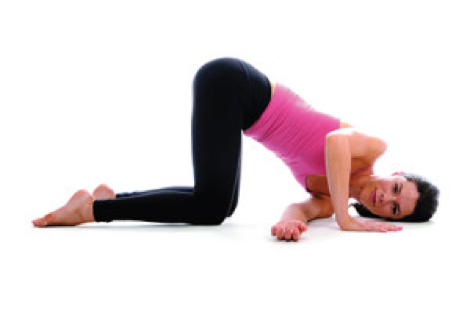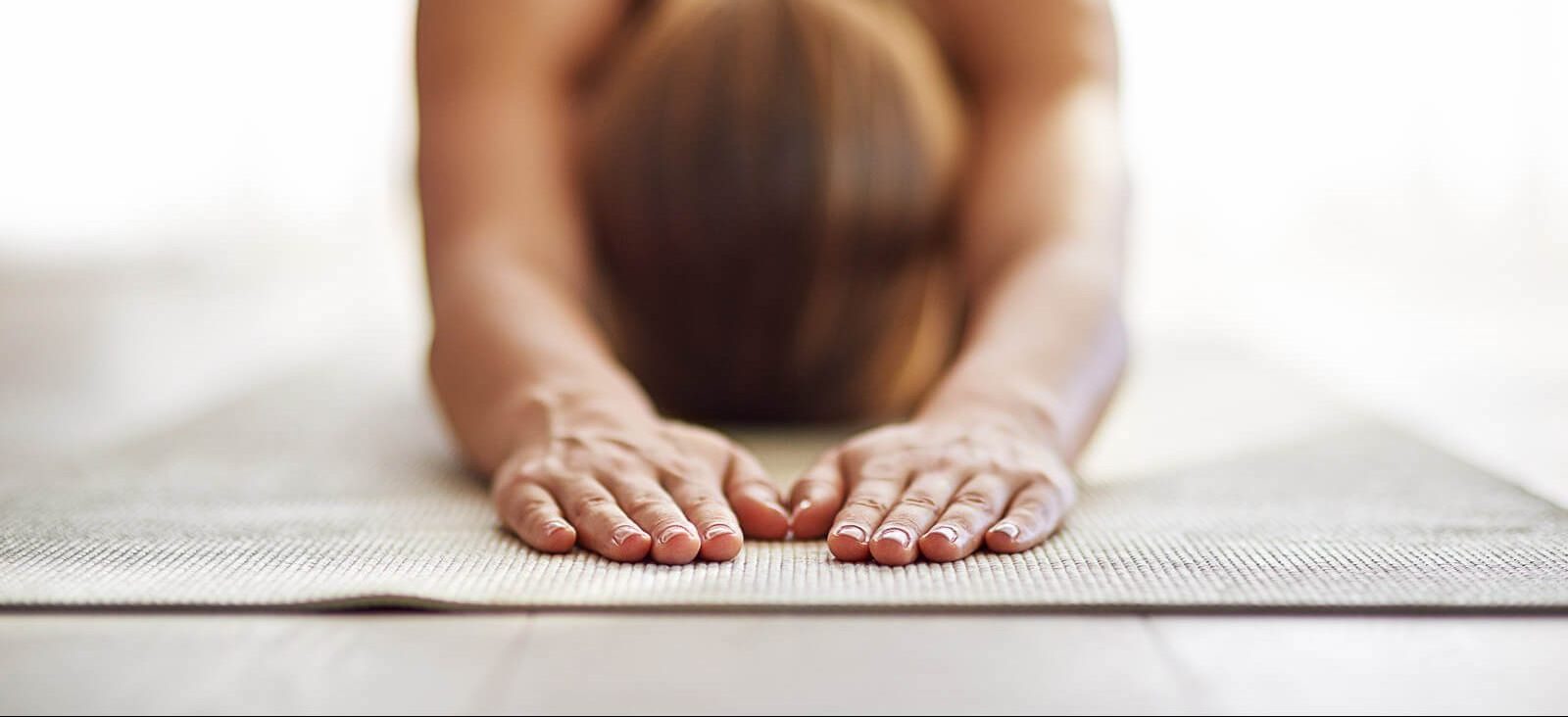At this late stage of the game, with training loads at their maximum, there’s no doubt a few of you are starting to feel a bit of pain in your shoulders. Now the trick is to keep this pain at bay so you can reach the finish line and pick up a celebratory beer or two.
Firstly, a bit of background as to why your shoulders are getting sore… As you’ve increased your training for the big day, the unaccustomed repetitive action of your shoulder over and over under load has caused your rotator cuff (the muscles that attach your arm to your shoulder blade) to be overworked.
During freestyle, the shoulder is loaded in a fully elevated position, which is the toughest point for the rotator cuff to work. And unless your job involves repetitive shoulder movements in overhead positions e.g., painting, plastering or construction work, then your shoulders are typically in a downward position and your thoracic spine stays relatively immobile.
The shoulder is a highly mobile joint, which needs to be well controlled by the muscles and ligaments surrounding it.
Over-training, fatigue, poor stroke technique, weakness, tightness and hypermobility can cause these tissues to be overworked. If this goes on for too long, impingement, tendinopathy and bursitis can occur.
Swimmer’s shoulder is a broad term which encompasses all of these conditions that most commonly occur in swimmers.
If you’re finding this is the case for you, your first port of call is to control the inflammatory process which may be taking place in the structures around the joint.
Postural impairments can also play a large part in shoulder pain and can be managed well through stretching, joint or soft tissue mobilisations, strengthening and stabilisation exercises of the scapular retractors and postural neck muscles.
Commonly, the problem areas that need correcting for swimmer’s shoulder injuries are the pectoral muscles, the posterior rotator cuff muscles and the thoracic spine.
Below are three stretches that can help to keep your pain at a minimum for the last few days:
Pec stretch
Stand next to a doorway or the protruding corner of a wall. Place the forearm and elbow against the side of this door frame or wall, with a 90 degree angle at both your upper arm and forearm. Now slowly lean your body forward, keeping your shoulder stable and being sure not to rotate your shoulder forward.

Stand next to a doorway or the protruding corner of a wall. Place the forearm and elbow against the side of this door frame or wall, with a 90 degree angle at both your upper arm and forearm. Now slowly lean your body forward, keeping your shoulder stable and being sure not to rotate your shoulder forward.
Thoracic spine stretch
On your hands and knees, slide the right hand between the left hand and left knee. Slide the arm all the way out to the left so that the right shoulder and side of the head rest comfortably on the floor. Hold for 30 seconds and repeat on the other side.

On your hands and knees, slide the right hand between the left hand and left knee. Slide the arm all the way out to the left so that the right shoulder and side of the head rest comfortably on the floor. Hold for 30 seconds and repeat on the other side.
Lat stretch
Kneel on a mat with your feet tucked under your butt, lean forward and reach your arms out in front of you. Allow your head to rest on the floor and let your hips sink back as far as you can without letting your hands move from their original position. To increase the stretch for your lats, you can move your arms over to each side. Hold this position for 30 seconds.

Kneel on a mat with your feet tucked under your butt, lean forward and reach your arms out in front of you. Allow your head to rest on the floor and let your hips sink back as far as you can without letting your hands move from their original position. To increase the stretch for your lats, you can move your arms over to each side. Hold this position for 30 seconds.
If you’re finding that your pain persists following the swim, be sure to book in to see one of our qualified Physiotherapists.
Laura Carroll recently joined our team at both Cottesloe and Claremont clinic and has early and late appointments available this week.
For more information on one of the most iconic open water swims in the world go to Rottnest Channel Swim.

